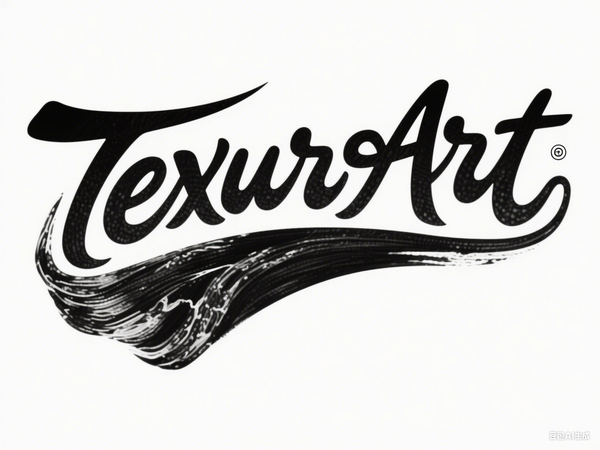
Judge Rejects Ronald Perelman’s $400 Million Insurance Claim Over Fire-Damaged Artworks
Share
In a high-profile legal decision that has drawn attention across the art and insurance worlds, a New York State Supreme Court judge ruled against billionaire collector Ronald O. Perelman in his $400 million insurance claim seeking compensation for damage allegedly sustained by five valuable paintings during a fire at his East Hampton estate in 2018. The ruling, issued on September 26, 2025, rejected Perelman’s argument that the works had lost their “oomph” and vitality due to smoke, humidity, and soot exposure, concluding that there was no visible or material damage to the paintings.

The Fire and The Disputed Artworks
The fire occurred in the attic of Perelman’s sprawling 72-acre estate, The Creeks, located in the affluent Hamptons area. While it caused damage to approximately thirty works in Perelman’s extensive collection, the contested insurance claim focused on five key paintings: two by Andy Warhol, two by Ed Ruscha, and one by Cy Twombly. Perelman contended that these works, though they might not show obvious physical harm, had been altered at a chemical and aesthetic level, dulling their colors and muted their intricate details.
Perelman described the impact on the Twombly painting as akin to a loss of “spark” or “symphony orchestra,” emphasizing how the fire diminished the clarity of the artwork's signature looping ovals from 1971. His legal team argued that humidity and smoke particles infiltrated the frames, triggering subtle but significant degradation not immediately visible to the naked eye Artnews, New York Times.
Legal Arguments and Trial Highlights
The insurers, including major carriers such as Lloyd’s of London Ltd., Chubb Ltd., and American International Group (AIG), challenged the claims on grounds that the paintings were essentially unharmed and maintained their market value. They accused Perelman of leveraging the fire incident to cover financial strain following steep losses in Revlon stock—the cosmetics company he once led.
During the trial, which lasted several weeks and involved nearly 2,000 court filings and expert testimonies from conservators, chemists, and fire scientists, the court weighed complex evidence including thermodynamics of smoke damage as well as risk of future deterioration. The insurers demanded proof of “perceptible, material, and negative” change to the artworks before validating a payout, warning against subjective interpretations of aesthetic loss.
The judge, Justice Joel M. Cohen, sided with the insurers, declaring there was “no visible damage” nor anything “traceable to the fire” that would justify the $400 million claim. Importantly, the ruling did not find Perelman guilty of intentionally misleading the insurers but firmly rejected the subjective nature of “loss of oomph” as insufficient grounds for compensation Bloomberg, Claims Journal.
The Market Impact and Financial Context
The dispute unfolded against a backdrop of Perelman’s broader financial challenges. Between 2020 and 2022, he liquidated over 70 artworks—including pieces by Brice Marden, which he sold for $30 million to billionaire Kenneth Griffin—to service loans and debt. Insurers cited these sales as contradictory evidence, arguing that if the artworks were truly damaged, they would not have been marketed as saleable assets.
Perelman’s legal team countered that the insurer’s stance shifted after the high-value paintings became central to the claim, noting that damages to other works on the same property had been acknowledged and compensated. The case thus exposed tensions in art insurance regarding valuation metrics, particularly whether policies should cover only visible material damage or also cover more nuanced aesthetic depreciation over time The Art Newspaper.
Significance and Industry Reflections
This case is pivotal in clarifying the legal and insurance boundaries around art valuation post-disaster. It underscored the challenges in insuring intangible qualities like an artwork’s “vibrancy” or “character” and underscored the importance of objective, physical evidence in claims for damage.
For art collectors, dealers, and insurers alike, the verdict signals a cautious approach to valuation disputes and highlights the necessity for more rigorous, scientifically grounded assessments. It also reflects the complex intersection of art as both a cultural artifact and a financial asset.
Ronald Perelman, known for his litigious history and influential role in art philanthropy, remains a notable figure in high-stakes art market controversies, and the current ruling ends a five-year legal saga that captivated the intersection of art, law, and finance Artlyst, Artnews.
Image Sources
-
Ronald Perelman at an art event: Courtesy Getty Images
-
Cy Twombly artwork similar to the disputed piece: Courtesy of Gagosian Gallery
-
Andy Warhol and Ed Ruscha representative works: Courtesy of respective official archival websites
Related Keywords and Anchor Text Links
FAQ
Q: What was Ronald Perelman’s insurance claim about?
A: He claimed that five paintings by Warhol, Ruscha, and Twombly had been damaged by a 2018 fire at his East Hampton estate, seeking $400 million in compensation.
Q: Why were the claims rejected?
A: The court found no visible or material damage to the artworks and ruled that subjective loss of “oomph” did not qualify as damage under insurance terms.
Q: Which paintings were involved?
A: Two by Andy Warhol, two by Ed Ruscha, and one by Cy Twombly.
Q: Did the ruling accuse Perelman of dishonesty?
A: No, the judge did not find evidence that Perelman intentionally misled insurers.
Q: How did the insurers defend themselves?
A: They argued the paintings remained intact, and that Perelman’s claims were financially motivated following losses in Revlon stock.
Q: What does this case mean for art insurance?
A: It highlights the importance of physical evidence for damage claims and complicates coverage of aesthetic or intangible losses.
